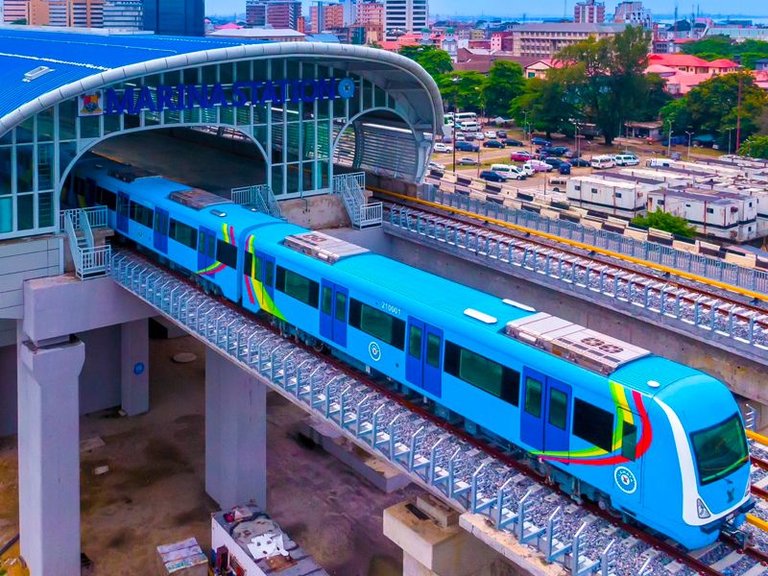
The Blue Line of the Lagos Rail Mass Transit
Lagos, the commercial and financial centre of Nigeria, is regarded as the largest cosmopolitan city in the country. It has a reputation for having a conducive environment for business and a large population. Despite being ranked as one of the leading urban areas in the country, it suffers from a large deficit in infrastructure, such as good road networks. The impact of inadequacy of these essential facilities has negatively affected social and economic activities in the city, with transportation being one of the most affected.
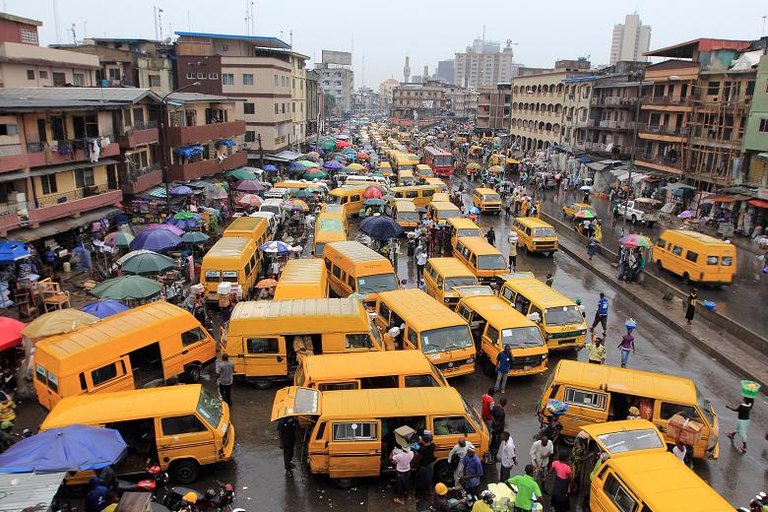
Vehicular traffic congestion is prevalent in Lagos
Recognising the need to upgrade the infrastructure in the city to meet the needs of its ever-growing population, the Lagos State government in the 1980s attempted to construct an intra-city railway network to enhance transportation in the city and complement road transit. Unfortunately, this plan was not implemented due to the intervention of the military, which usurped the civilian government at the helm of affairs at the time. Consequently, the city has mostly depended on roads for transportation ever since. However, this turn of events has caused many problems in the city, such as high vehicular traffic congestion, gridlock, deterioration of roads, and accidents, among many others.
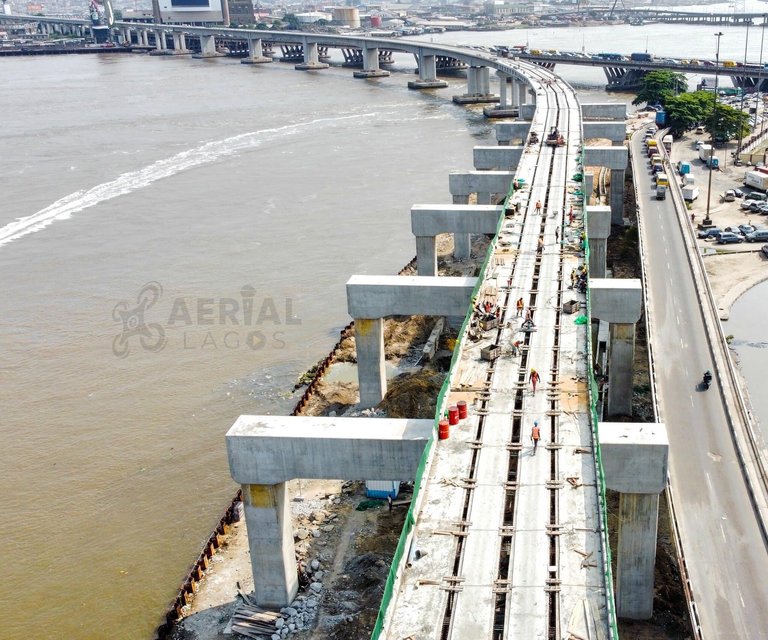
Construction of a bridge that will carry the Blue Line railway
After many years of making little progress in providing residents with an efficient transportation system and realising the detrimental effects of its absence on the city's economy, the Lagos State government embarked on essential infrastructure projects, among which is the Lagos Rail Mass Transit. This railway system is made up of two routes, the Blue and Red Line. The Blue Line, which passes through my area of residence, is set as the first phase of the project. The length of this route stretches from Marina to Okokomaiko. Its construction began in 2009 and was scheduled to be completed in 2011.
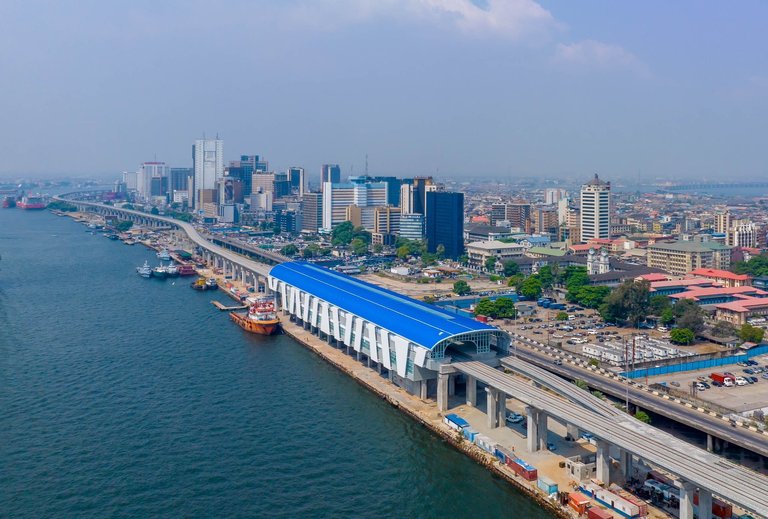
Aerial view of the Marina Train Station
Unfortunately, due to a lack of funds, the Blue Line was constructed at a slow pace. This development meant that residents who the railway is meant to serve needed to be patient and keep enduring the unfavourable traffic situation on this route. Eventually, it took over ten years for a section of the railway, that is, from Marina to Mile 2, to be completed. Although many residents are not satisfied with the long period of construction of the Blue Line, they are excited about the positive effect it will have on public transit.
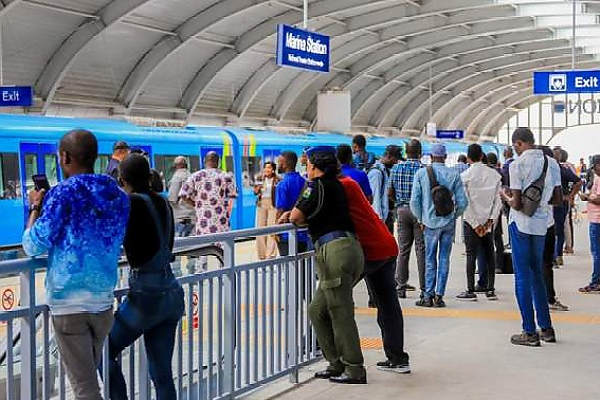
Residents began using the Blue Line after it became operational
The completed section of the Blue Line from Marina to Mile 2 started operations last month, a development that has been warmly received by residents who have already begun to use the facility. Although the entire railway of the Blue Line has not been completed, residents feel some relief that a part of it is functional, which will enable them to have a better transit experience. This position was made evident by the high number of passengers who have used the railway since it began operations.
The commencement of operations on the first completed section of the Blue Line Railway, although late, is commendable and will help make transportation in the area it covers more efficient. As the proverb goes, "It is better late than never." It is my wish that the remaining section of the Blue Line will be completed soon so that social and economic activities within the areas the railway passes through will no longer be hindered by the city's numerous transportation challenges. I would also like to urge the Lagos State government to facilitate the provision of a robust transportation system across the state.
Have a splendid day folks,
Thanks for reading.
credit: click photo caption for image source.
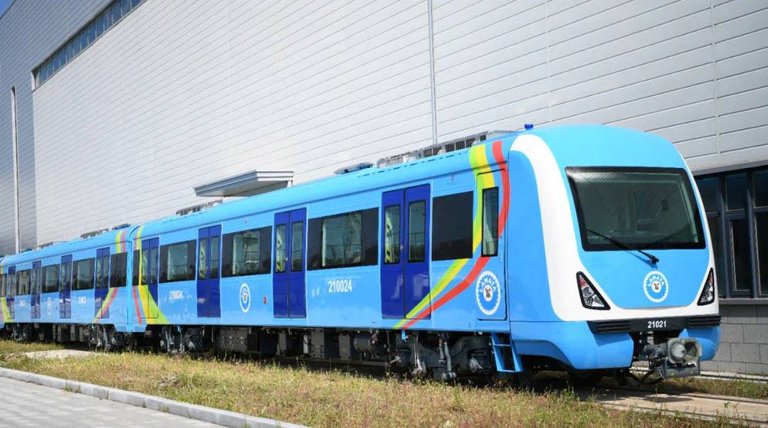
Yay! 🤗
Your content has been boosted with Ecency Points, by @udezee.
Use Ecency daily to boost your growth on platform!
Support Ecency
Vote for new Proposal
Delegate HP and earn more